Guillermo C. Bazan on intellectual giants, science communication and future research.


Guillermo C. Bazan on intellectual giants, science communication and future research.
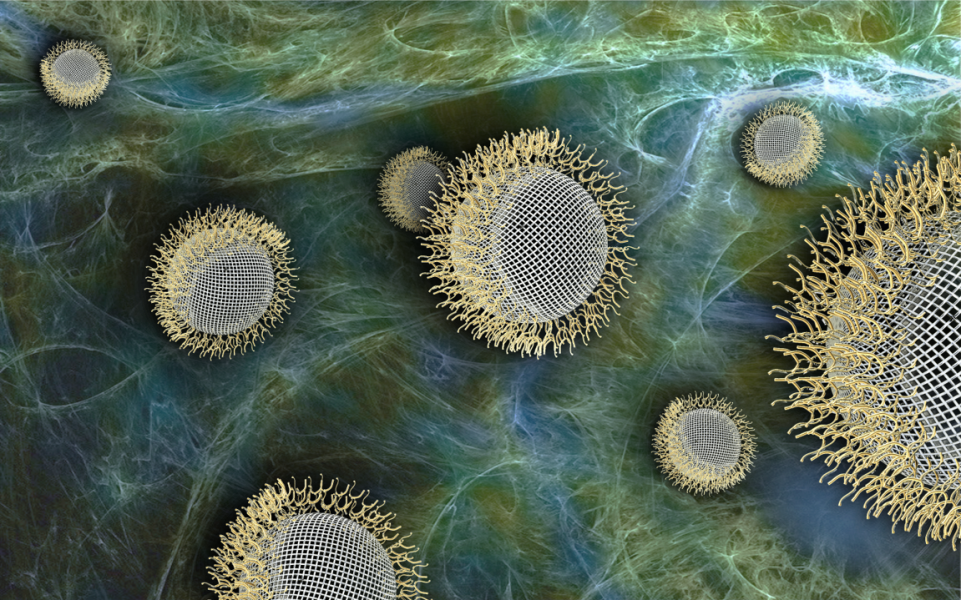
Scientists graft multifunctional biopolymers on the outer surface of nanometric metal-organic frameworks to improve its furtiveness.
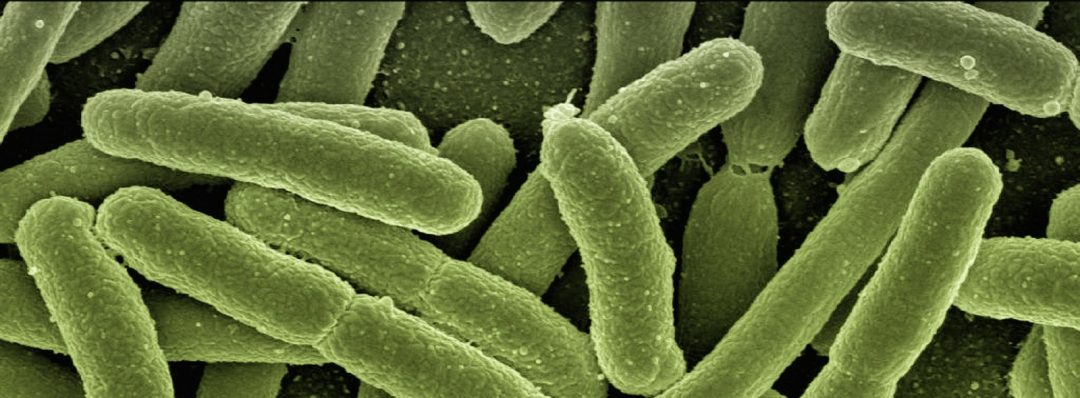
Intestinal bacteria can create an electric current, according to a new study from Lund University in Sweden.
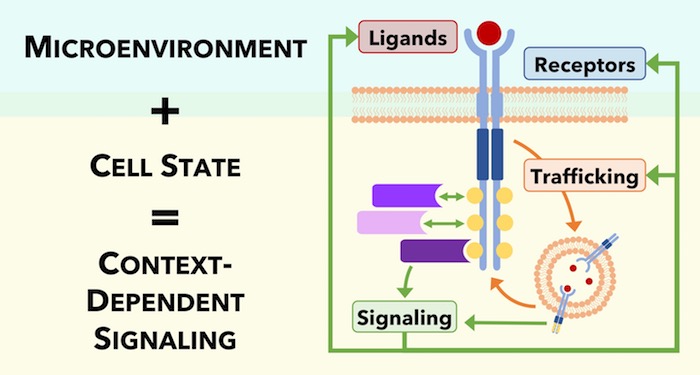
Receptor tyrosine kinases (RTKs) are cell membrane proteins that provide cells with the ability to sense proteins in their environments. Many RTKs are essential to development and organ growth. Derangement of RTKs—by mutation or by overexpression—is central to several developmental and adult disorders including cancer, short stature, and vascular pathologies.

Organisms have acquired sophisticated regulatory networks that control gene expression in response to cellular perturbations. Understanding of the mechanisms underlying the coordinated changes in gene expression in response to external and internal stimuli is a fundamental issue in biology.

A recent Progress Report on the recommended methods of studying resistive switching devices is reviewed.
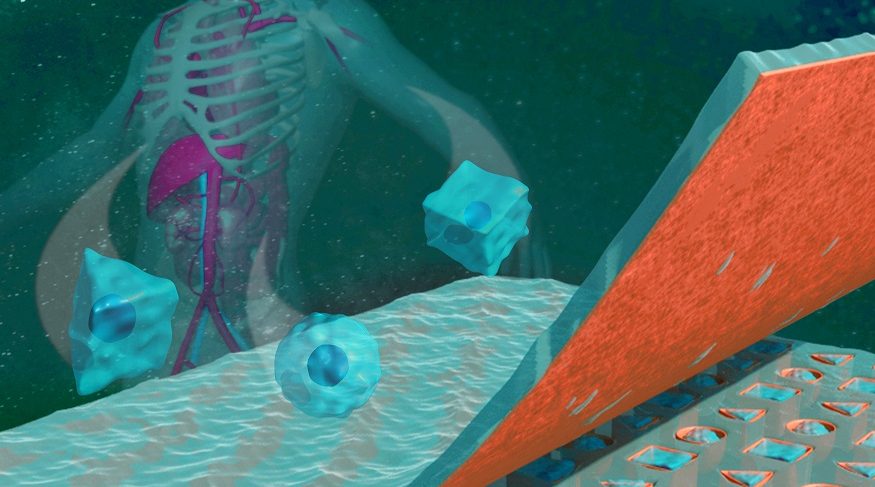
How best to engineer synthetic microenvironments for developing and maintaining living tissues inside synthetic compartments is discussed.

In Japan, a 10,000 kW Power-to-Gas facility with world largest electrolysis will start supplying hydrogen in 2020.

The Editors of Small Methods are pleased to publish this special biomedical virtual issue. This collection highlights outstanding research in Small Methods from the very first issue to now, in the areas of biosensing, biomedical engineering, nanomaterials,...
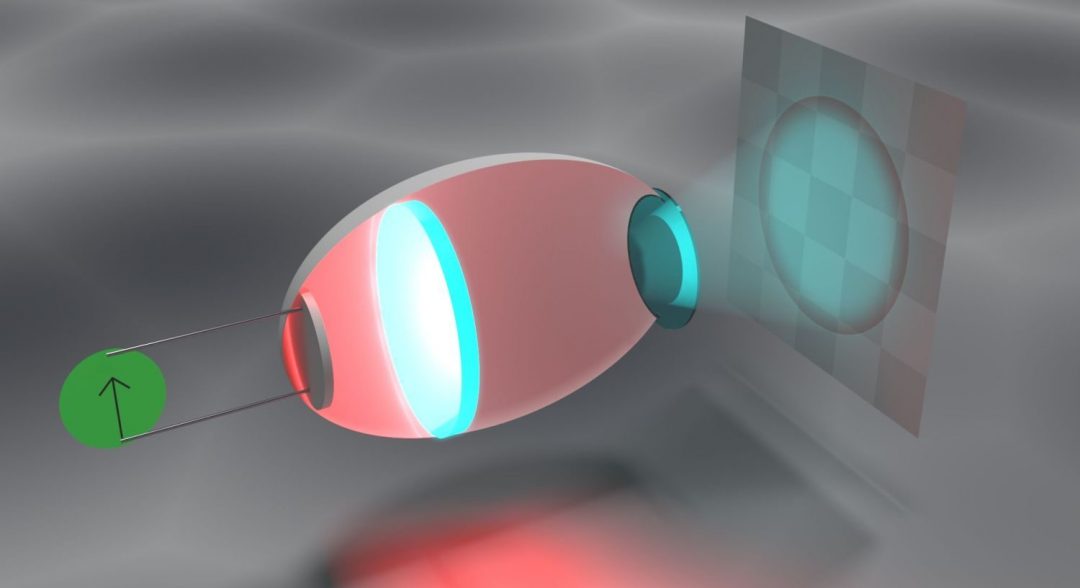
New predictions for efficiently making blue lighting from red lighting.